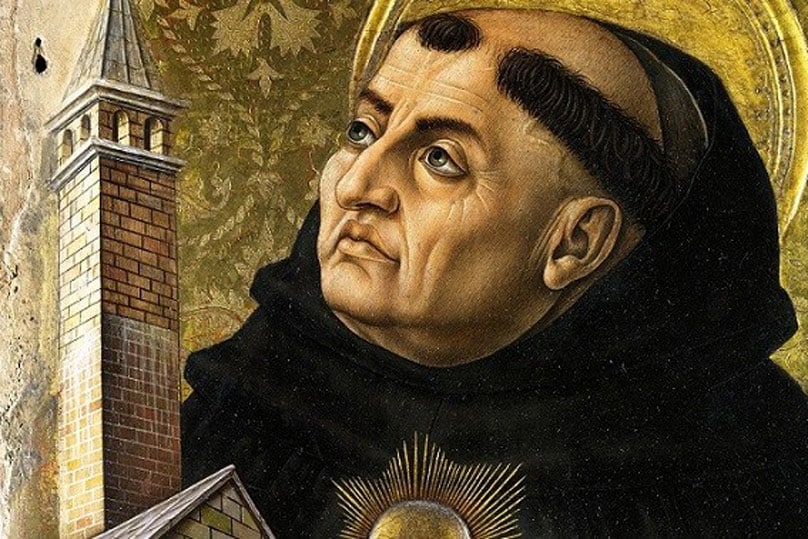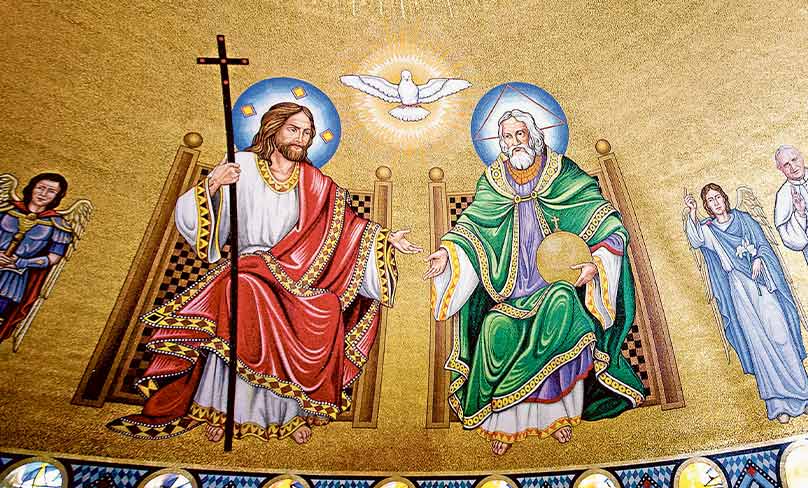
The first of three-part series on heresy
Modernity has been conditioned to think of orthodoxy as a stiff and stodgy thing, closed to new ideas and unable to cope with change. Conversely, it tends to regard heresy as identical with bold, unconventional thinking that breaks with tradition in order to explore new and exciting ways.
But this is the dead opposite of reality.
The Catholic intellectual tradition is committed to intellectual liberty for the very good reason that it is committed to truth. It fears no truth because God is truth and truth cannot contradict truth. The truths revealed by the natural sciences and human wisdom cannot contradict supernatural revelation because the God who creates is the same God who redeems.
Heresy is not bold. It is not forward-thinking or creative or even particularly clever.
This is why St Thomas Aquinas was fearless in his explorations of the world of thought and why Catholic scientists from Albert the Great to Gregor Mendel to Monsignor Georges Lemaître could examine the world with no fears that something they discovered would topple their Faith.
Not that there are not religious approaches to truth that are indeed cramped, rigid, and unable to cope with new ideas. There are. But the thing is, that is what is known as heresy.
Heresy is not bold. It is not forward-thinking or creative or even particularly clever. Heresy is the urge to take some one or two truths out of the grand cornucopia of Catholic mystical ideas and blow them up to monstrous proportions. Heresy is to the world of ideas what cancer is to the body: a metastasised truth.
The word haereses from which we derive our English “heresy” is a Greek term referring to drawing a thread out of a whole weave. The weave is the Catholic tradition handed down from the apostles. That Tradition is a wonderful complex whole made of seemingly incompatible ideas and paradoxes.

It requires skill, wisdom, insight, and docility to the Magisterium to navigate the Tradition. And throughout our history, there have been impatient, know-it-all, prideful, and simple-minded souls who got carried away with one monomaniac idea or other and used that idea to attack the whole weave of the Faith.
Because heresy is not so much a lie as an inflamed truth, the bigger and more important the truth, the harder it is to bring the heretic back to sanity, because every attempt to restore balance is seen by the heretic as an assault on The Only Thing That Matters.
This can be seen for instance, in the great archetypal heresy in the Church’s history, the Arian Heresy. Arius (who, by the way, has nothing to do with Aryanism or white supremacy) was a churchman in the early 4th century who took the greatest truth the Church has to proclaim—the glory and majesty of God the Father—and weaponised it to attack the equally important truths that the Son and the Spirit are God too.
Every assertion of the truth of the deity of Jesus and the Holy Spirit was regarded as an attack on the majesty of the Father by the Arians. It was to reply to the monomania of the Arians that the Nicene-Constantinopolitan Creed—which we say every Sunday—was formulated.
“…heresy, and its still more modern manifestation, ideology, tries to conform everything in the world to one cramped idea”
The thing that is notable is that it is the Creed that is capacious and patient of a wide and complex reading of Scripture and the Tradition. It is Arianism that is cramped and narrow.
Every heresy does the same thing, as does every ideology. The Church looks at the world and says, “We don’t know much about this big, strange, mysterious world, but we do know this: We believe in one God, the Father, the Almighty etc…” She leaves us to do our explorations of everything from outer space to political theory to inventions for better plumbing and provides general moral and intellectual guidelines but does not try to micromanage everything.
In contrast, heresy, and its still more modern manifestation, ideology, tries to conform everything in the world to one cramped idea. Everything is about predestination, or electricity, or evolution, or economics. And if some truth does not fit the One Idea it is the truth that must be sacrificed, not the one monomaniac idea.
Next week, I want to discuss what orthodoxy looks like with respect to the Church’s Social Doctrine—and how to avoid heresy.
Related:
